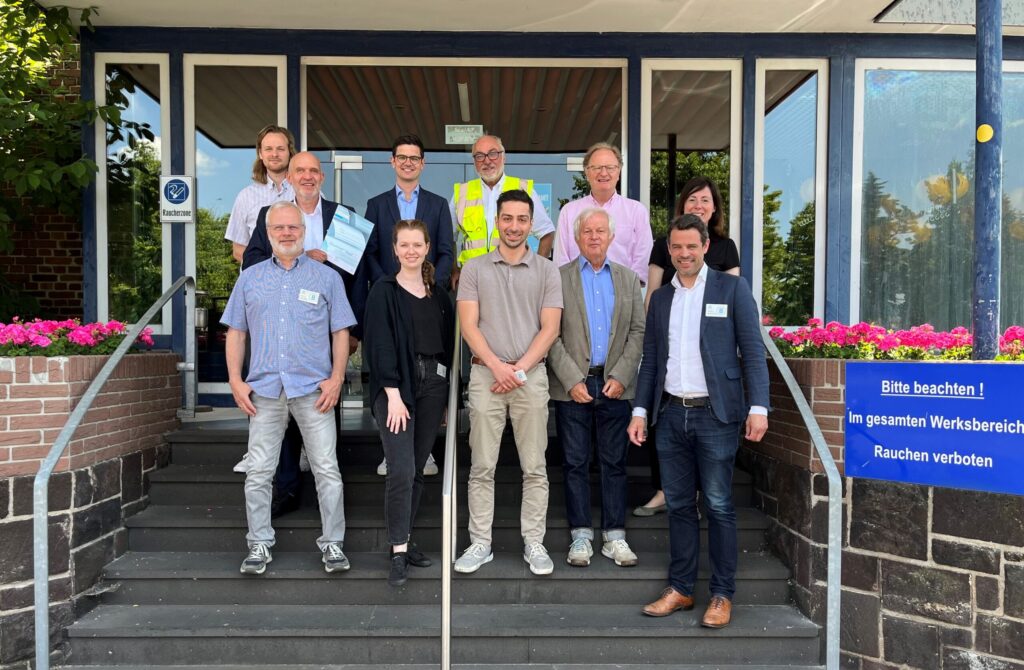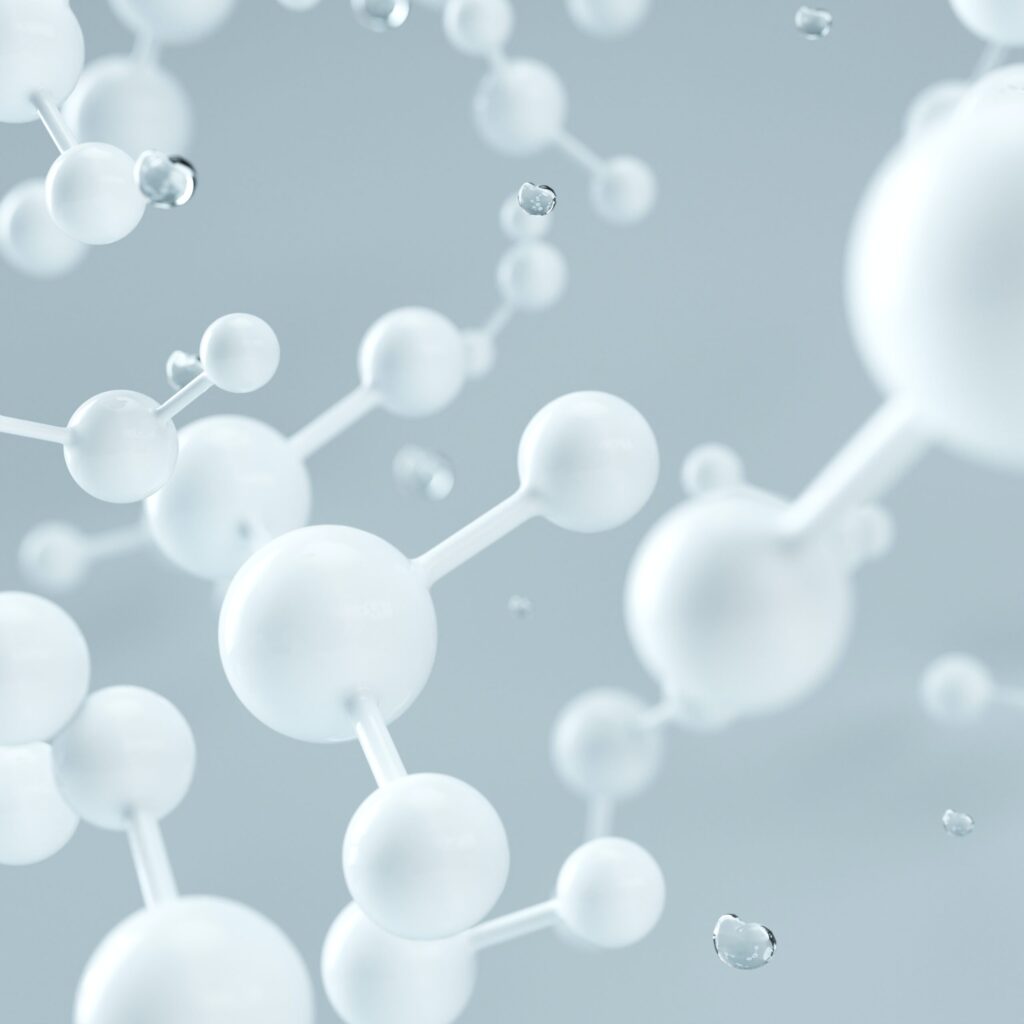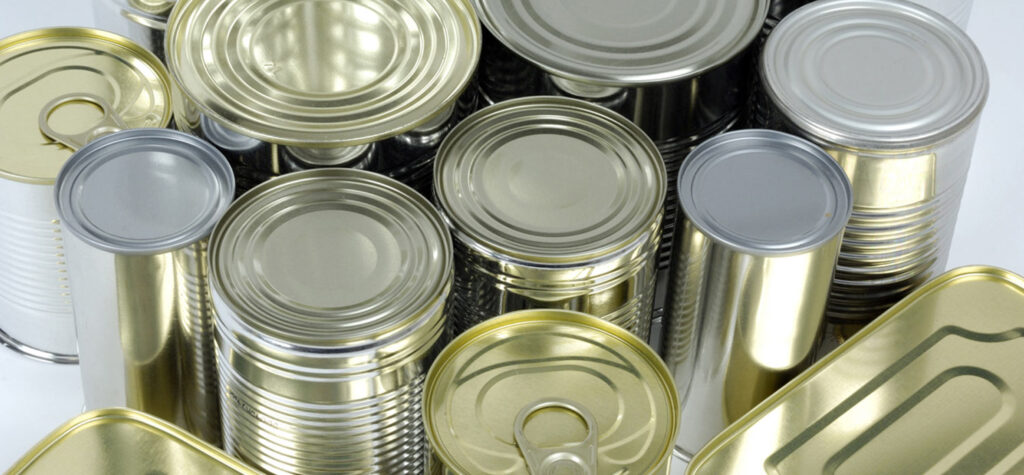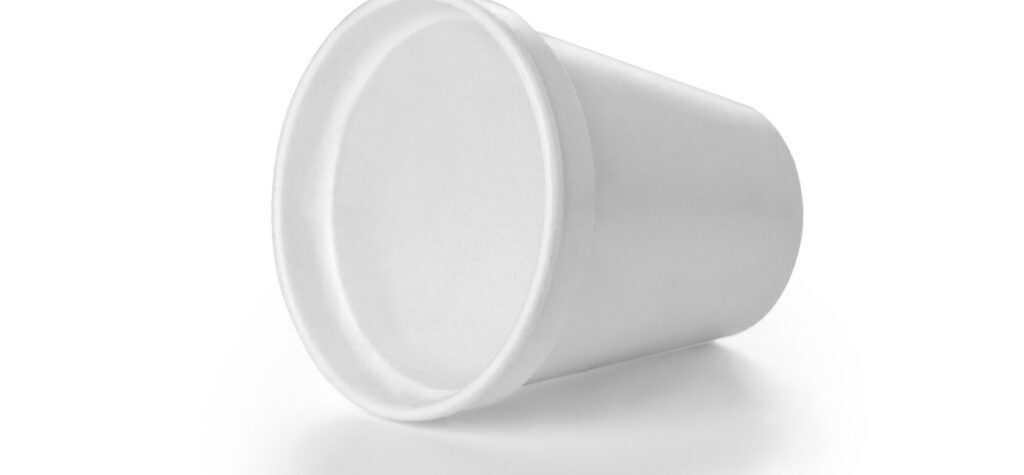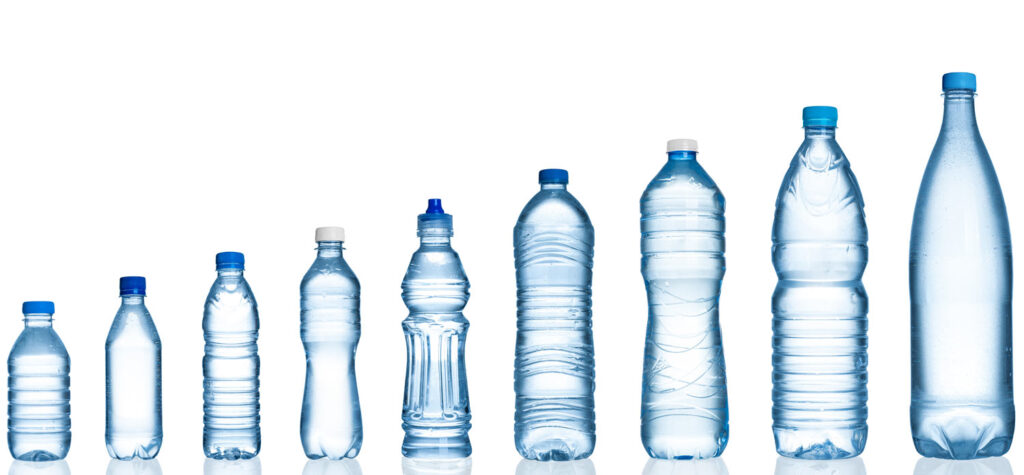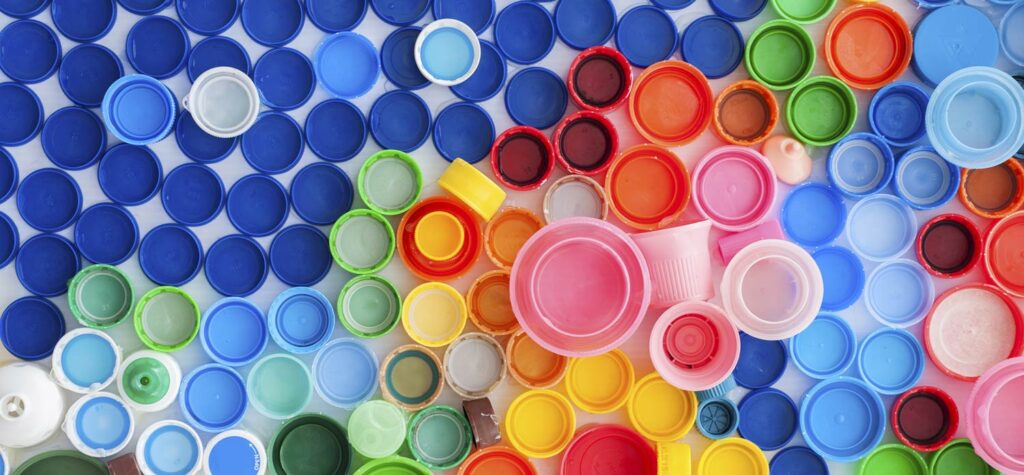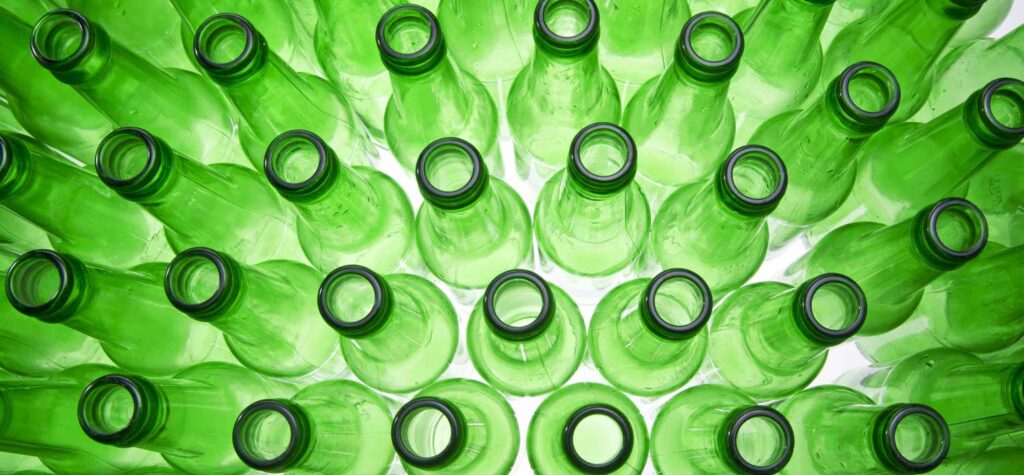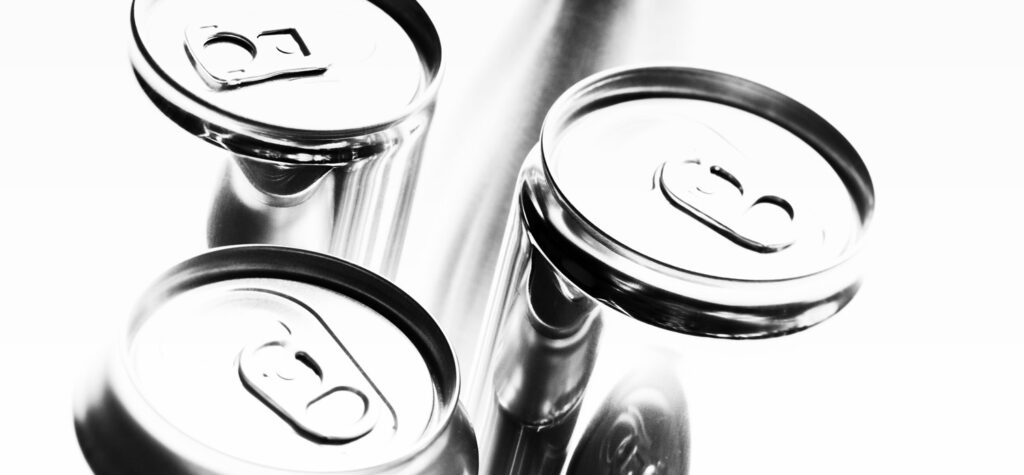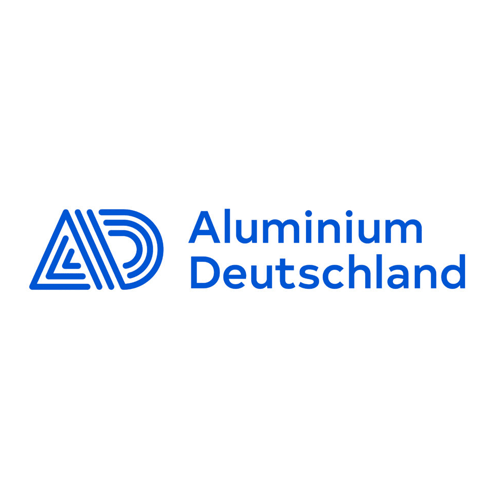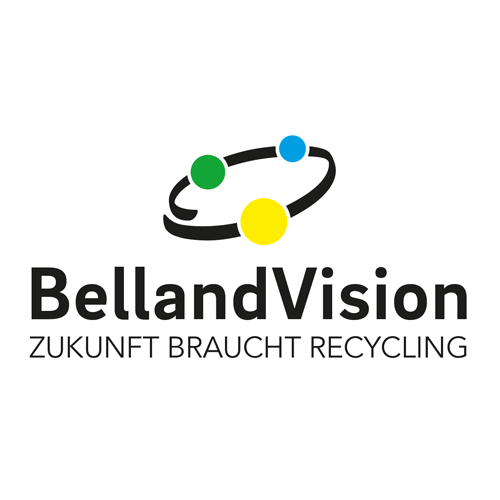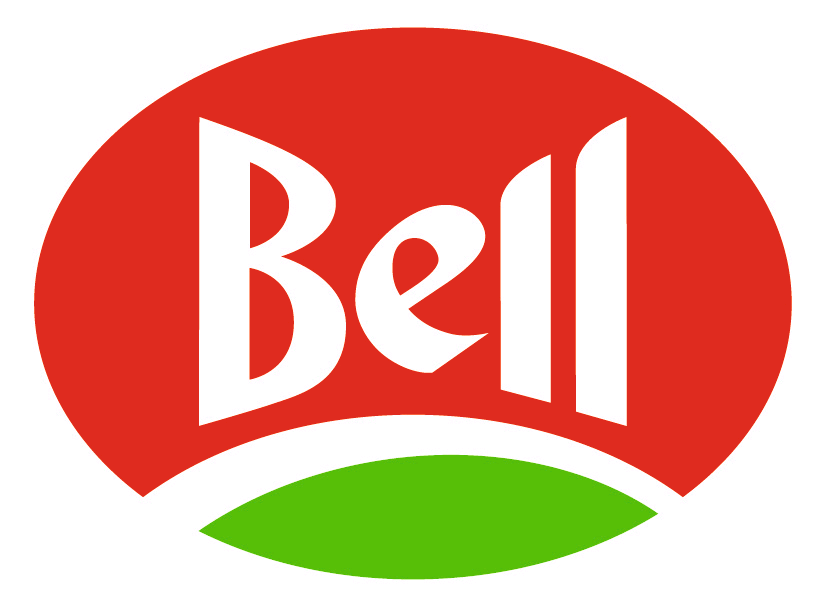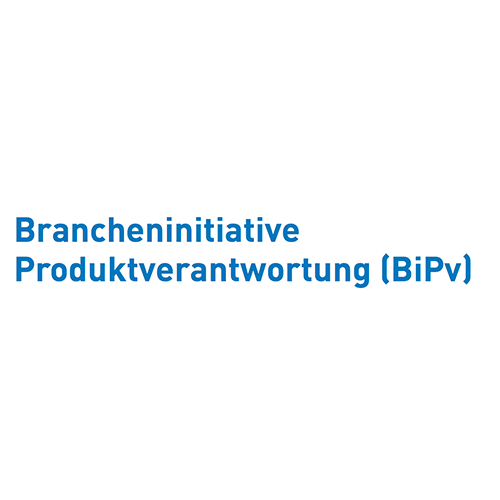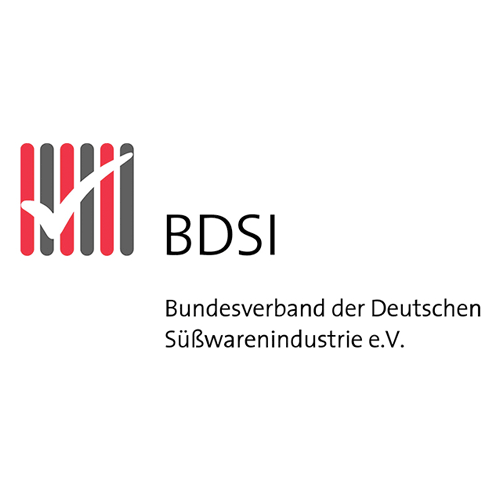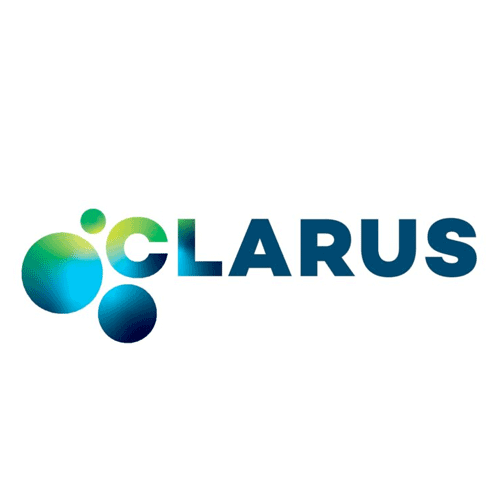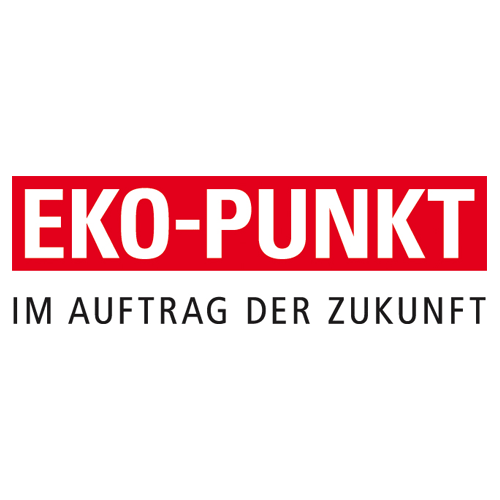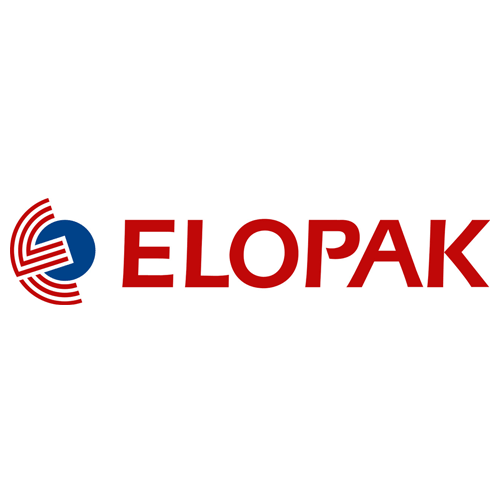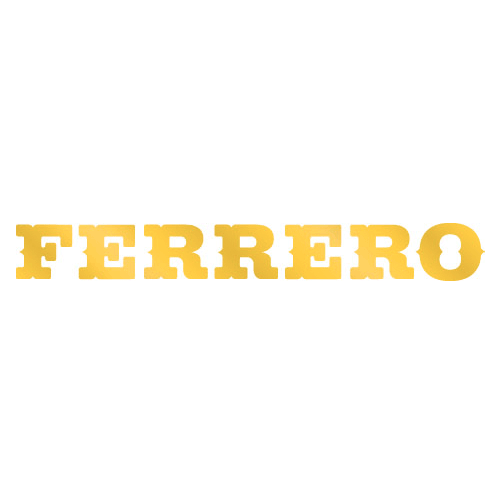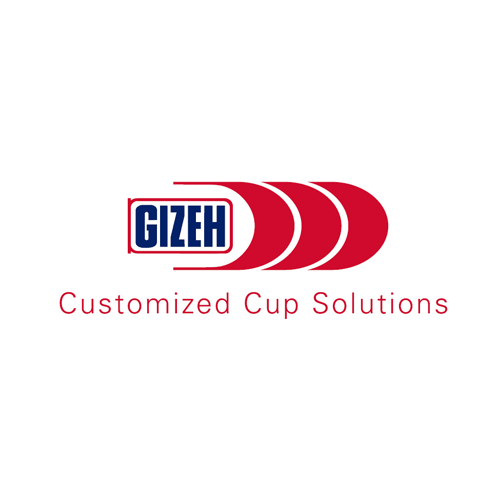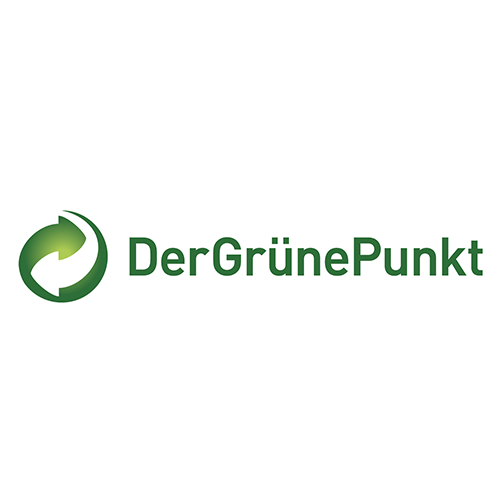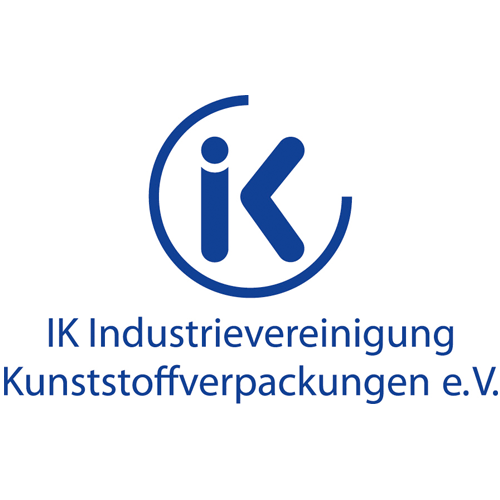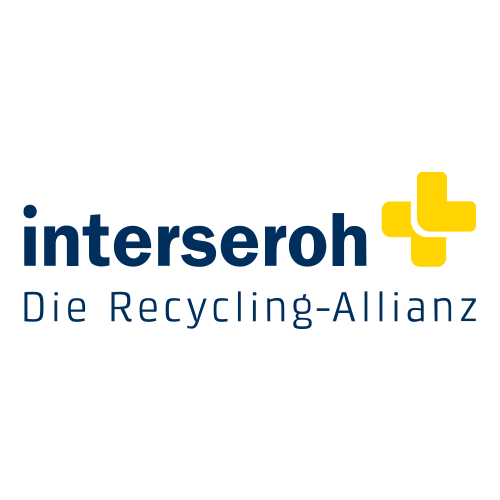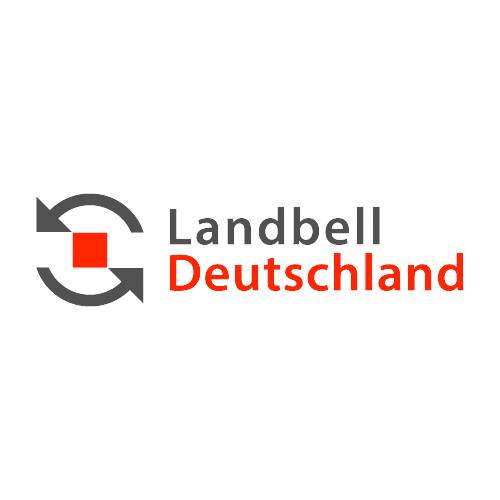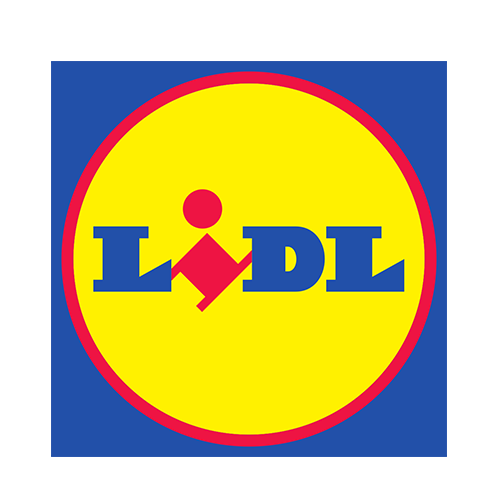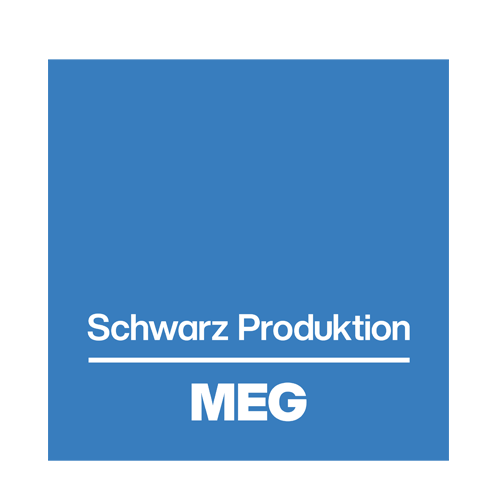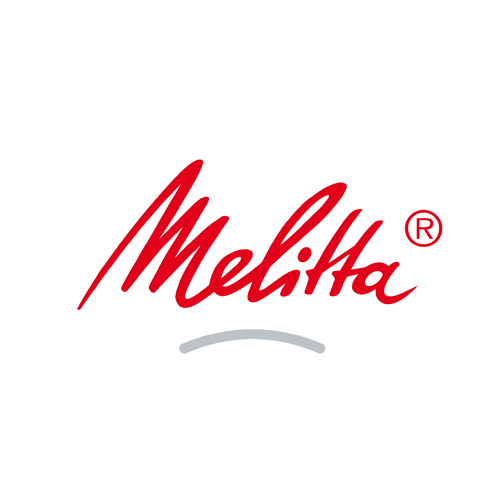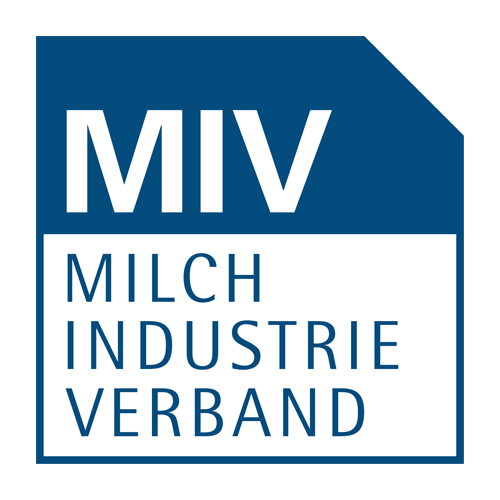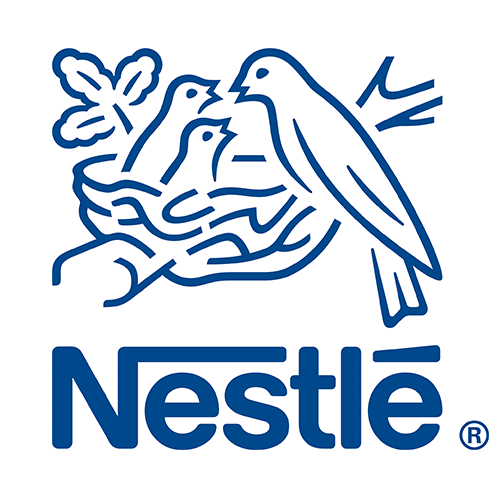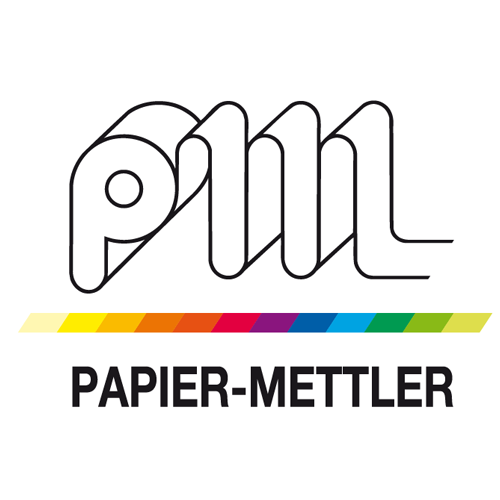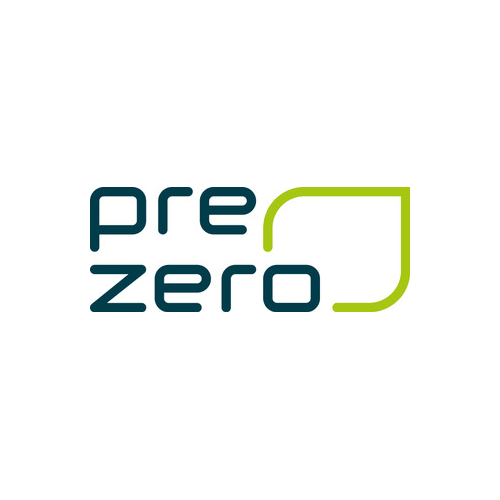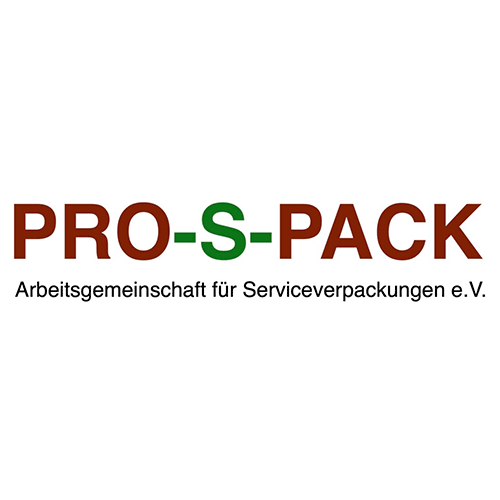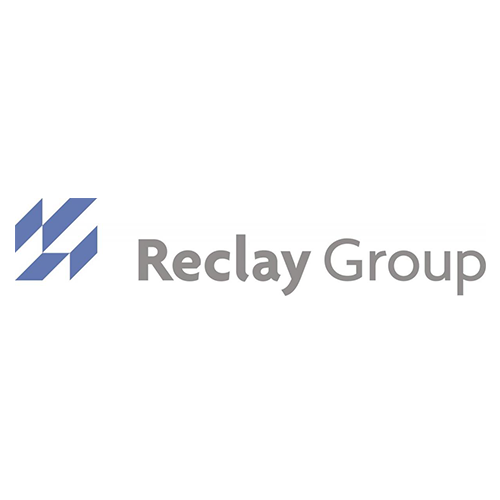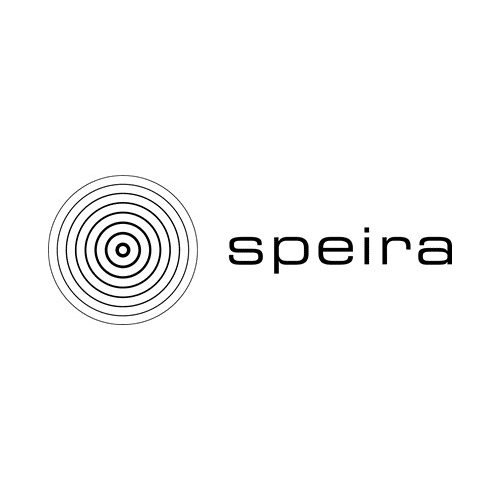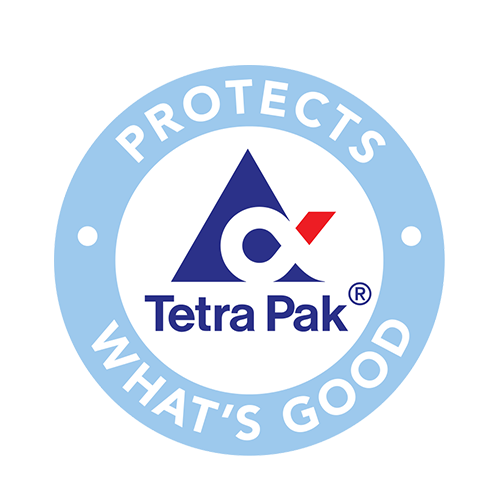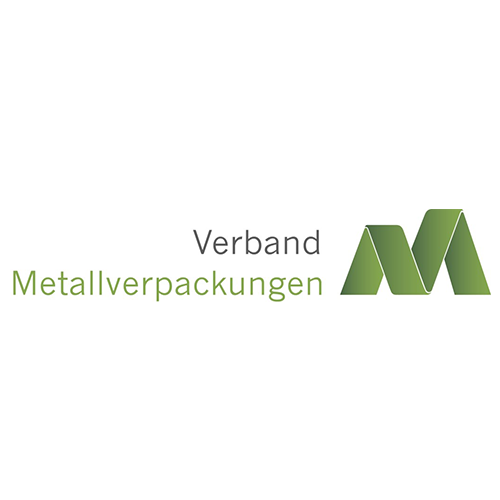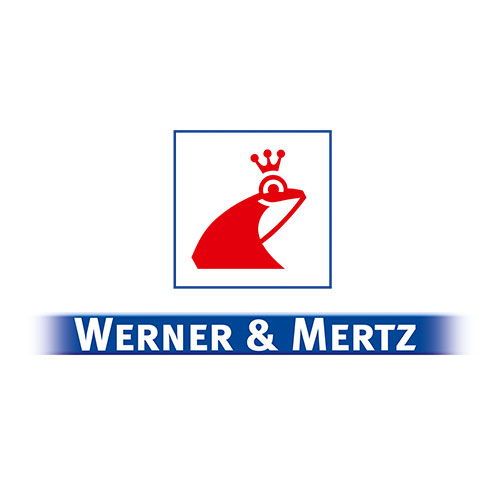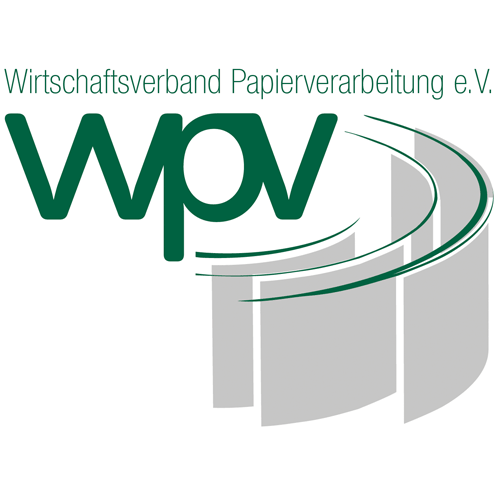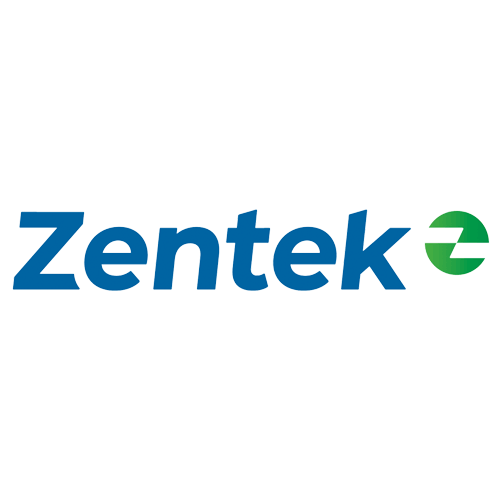Light and Shadow: New EU framework for packaging
The EU Packaging Regulation has reached the finishing line: the European Parliament and the EU Member States have agreed on new rules for sustainable packaging.
Fewer bans, More recycling
The European Parliament has finalised its position on the draft EU packaging regulation. The AGVU welcomes the tightening of packaging bans, but sees a need for a better definition of the recyclability of packaging.
Closing Circuits Together.
The AVU (formerly AGVU) has been committed to product responsibility for packaging since 1986 and is committed to its environmentally sound and resource-protective use and recycling. The AVU represents the entire value chain: from the packaging industry to the consumer goods industry and commerce to the dual systems, disposal companies and recyclers.
Packaging and Sustainability
Thyssenkrupp Rasselstein invited to the plant for tinned or special chromium-plated thin sheets. The future of steel production using hydrogen was the focus of the
Chemical recycling is currently a much-discussed topic in the context of packaging and the circular economy. The AGVU formulates core theses on this topic
Tinplate is used for packaging food and beverages, or chemical-technical products such as lacquers.
Polystyrene, PS for short, is a plastic that is used in various areas of everyday life and is used either as a thermoplastic material or
Polypropylene (PP) is similar to polyethylene in its properties and structure and is a thermoplastic closely related to hard PE (HDPE).
Polyethylene terephthalate, mainly known by its abbreviated form PET, is a thermoplastic, malleable under heat and can be moulded into almost any shape.
Polyethylene (PE) is the most widely produced and used plastic in the world.
Paper, Carton, and Cardbord are based on renewable raw materials, either as primary fibre from renewable wood or as secondary fibre from recycled waste paper.
Glass is made from natural, domestic raw materials such as quartz sand, soda, limestone and dolomite, which are found in nature in almost unlimited quantities.
Composite cartons are used as packaging for various food products, e.g. drinks, liquid dairy products, etc.
Aluminum is used in the packaging sector because of its special material properties, such as its low weight.
